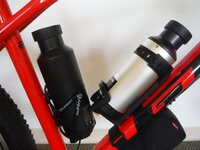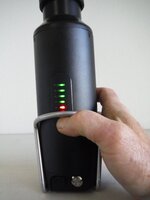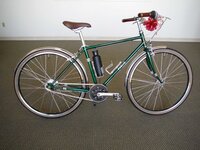Hello everyone,I’m looking for some opinions. My wife and I currently own Lectric XP‘s and she is not happy with the weight and style of the bike. We are also both looking for a more traditional bike, but more importantly, more distance.
After much research, I think I have narrowed it down to 3 bikes (unless someone else can impress me with something more intriguing.) We are looking at the Cannondale Tesoro Neo X3, the Priority Current and the OHM Quest. The Cannondale can have second battery option and the Priority Current they have one in the works. The Ohm Quest appears to have enough distance with the standard bike. I believe all bikes are available at the moment. One thing I like about the Cannondale and the Priority is local bike shops as I live in NJ and REI sell the Cannondale and the Priority is close enough in NY.
Any help/suggestion with this choice would be much appreciated.
After much research, I think I have narrowed it down to 3 bikes (unless someone else can impress me with something more intriguing.) We are looking at the Cannondale Tesoro Neo X3, the Priority Current and the OHM Quest. The Cannondale can have second battery option and the Priority Current they have one in the works. The Ohm Quest appears to have enough distance with the standard bike. I believe all bikes are available at the moment. One thing I like about the Cannondale and the Priority is local bike shops as I live in NJ and REI sell the Cannondale and the Priority is close enough in NY.
Any help/suggestion with this choice would be much appreciated.





